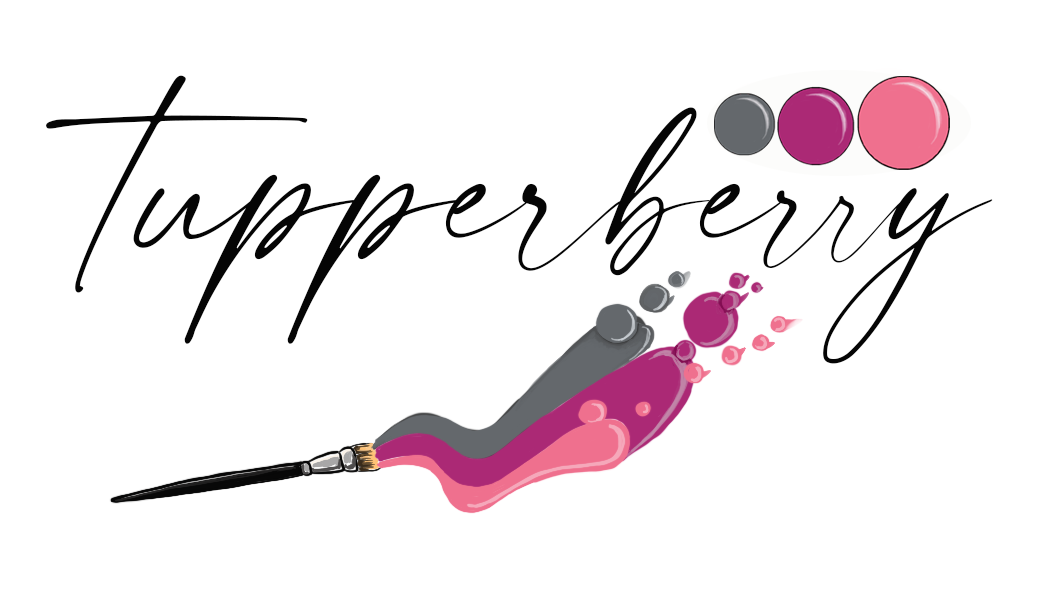Therapeutic Benefits of Doodling for Children with ADD/ADHD
The Therapeutic Benefits of Doodling for Children with ADD/ADHD
Attention deficit hyperactivity disorder (ADHD) and attention deficit disorder (ADD) can present unique challenges for children, affecting their ability to focus and engage in structured activities. However, recent studies have shown that doodling can have therapeutic benefits for children with ADD/ADHD. In this article, we'll explore the positive impact of doodling on children with ADD/ADHD and how it can help them manage their symptoms more effectively.
The Benefits of Doodling for Children with ADD/ADHD:
1. Improved Focus: Doodling can help children with ADD/ADHD improve their focus and attention span. While doodling may seem like a distraction, it can actually provide a sensory outlet that allows children to maintain focus on a primary task, such as listening to a teacher or completing a homework assignment.
2. Stress Reduction: Children with ADD/ADHD often experience high levels of stress and anxiety. Doodling can serve as a calming activity, helping children manage their emotions and reduce stress levels. The repetitive nature of doodling can have a soothing effect on the mind, similar to meditation.
3. Enhanced Creativity: Doodling encourages creative expression, which can be particularly beneficial for children with ADD/ADHD. Engaging in doodling allows them to explore their imagination and express their thoughts and feelings in a non-verbal way, fostering creativity and self-expression.
4. Improved Memory Retention: Doodling has been shown to aid in memory retention and recall. For children with ADD/ADHD who may struggle with memory-related tasks, doodling while studying or listening to instructions can help them better retain information.
5. Self-regulation: Doodling can help children with ADD/ADHD regulate their behavior and emotions. By providing a constructive outlet for their energy and impulses, doodling can help them channel their focus in a positive direction.
Practical Tips for Doodling with Children with ADD/ADHD:
- Encourage doodling during activities that require sustained attention, such as listening to a lecture or participating in a group discussion.
- Provide a variety of doodling tools, such as colored pencils, markers, and pens, to stimulate creativity and engagement.
- Incorporate doodling into learning activities, such as using visual aids and diagrams to reinforce concepts.
- Offer positive reinforcement and praise for their doodling efforts, focusing on the process rather than the end result.
Doodling can be a valuable tool for children with ADD/ADHD, offering a range of benefits that can help them manage their symptoms and improve their overall well-being. By incorporating doodling into their daily routine, parents and educators can provide children with a creative outlet that supports their cognitive and emotional development. With its therapeutic effects on focus, stress reduction, creativity, memory retention, and self-regulation, doodling offers a promising approach to supporting children with ADD/ADHD in their educational and personal growth.
Doodling can be a valuable tool for children with ADD/ADHD
By incorporating doodling into their daily routine, parents and educators can provide children with a creative outlet that supports their cognitive and emotional development.

